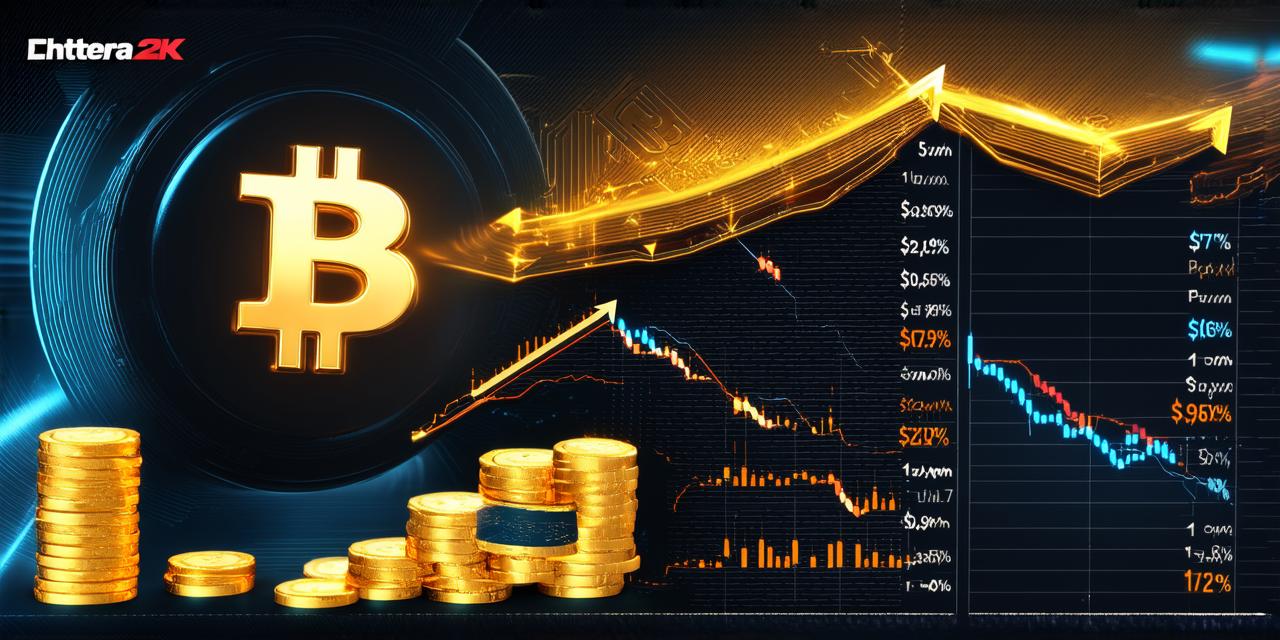Introduction
Over the past decade, cryptocurrencies have become increasingly popular, with Bitcoin being the most well-known and widely adopted. As a result, many people have invested in various cryptocurrencies, hoping to make a significant profit. However, in recent years, there has been uncertainty regarding the status of the cryptocurrency bull market. In this article, we will examine the current state of crypto markets and determine if the bull market has ended.
The Bull Market: An Overview
A bull market refers to a significant increase in the price of an asset over an extended period. The term comes from the idea that a bull charges forward with its head held high, symbolizing the upward trend of the market. In the case of cryptocurrencies, the bull market began in 2009 with the creation of Bitcoin and has continued ever since.
During this time, various cryptocurrencies have experienced significant price increases, with Bitcoin being the standout. For example, in 2017, the price of Bitcoin reached an all-time high of $20,084. This increase was driven by a surge in demand for cryptocurrencies, as well as increasing awareness and acceptance of these digital assets.
The Bear Market: An Overview
A bear market refers to a significant decline in the price of an asset over an extended period. The term comes from the idea that a bear beats its chest with its paws, symbolizing the downward trend of the market. In the case of cryptocurrencies, the bear market began in late 2017 and continued throughout 2018.
During this time, the price of Bitcoin and other cryptocurrencies experienced a significant decline, with many investors experiencing significant losses. This decline was driven by factors such as regulatory uncertainty, increased competition from traditional assets, and concerns about the sustainability of the cryptocurrency market.
The Current State of Crypto Markets
As of 2021, the crypto market has been experiencing a period of volatility, with prices fluctuating significantly over short periods. However, there have also been signs of stability and growth in certain areas of the market.
One area that has seen significant growth is decentralized finance (DeFi). DeFi refers to financial applications built on blockchain technology that offer similar services to traditional finance without the need for intermediaries. These applications include decentralized exchanges, lending platforms, and insurance providers, among others.
Despite this growth, the overall market has not fully recovered from the bear market of 2018. The price of Bitcoin, for example, reached an all-time high of $64,875 in April 2021 but then declined to around $39,000 by the end of May. This decline was driven by a combination of factors, including concerns about inflation, regulatory uncertainty, and increased competition from traditional assets.
Has the Bull Market Ended? Analyzing the Data
To determine if the cryptocurrency bull market has ended, we can analyze various metrics, such as the price of Bitcoin and other cryptocurrencies, trading volume, and adoption rates.
Price of Bitcoin
As mentioned earlier, the price of Bitcoin reached an all-time high of $64,875 in April 2021 but then declined to around $39,000 by the end of May. This decline was driven by a combination of factors, including concerns about inflation, regulatory uncertainty, and increased competition from traditional assets.

Trading Volume
Trading volume refers to the number of transactions made on cryptocurrency exchanges. This metric can provide insight into investor sentiment and demand for cryptocurrencies. During the bull market of 2017, trading volume was high, with many investors buying and selling Bitcoin and other cryptocurrencies. However, during the bear market of 2018, trading volume was low, as investors held onto their assets in anticipation of a price recovery.
As of 2021, trading volume has been relatively high, indicating that there is still interest in cryptocurrencies. However, it is worth noting that this volume may be driven by short-term speculation rather than long-term adoption or investment.
Adoption Rates
Adoption rates refer to the number of businesses and individuals that have adopted cryptocurrencies as a means of payment or investment. During the bull market of 2017, adoption rates were increasing rapidly, as more businesses began accepting Bitcoin and other cryptocurrencies as a form of payment. However, during the bear market of 2018, adoption rates slowed down significantly.
As of 2021, adoption rates have been increasing again, with more businesses and individuals recognizing
